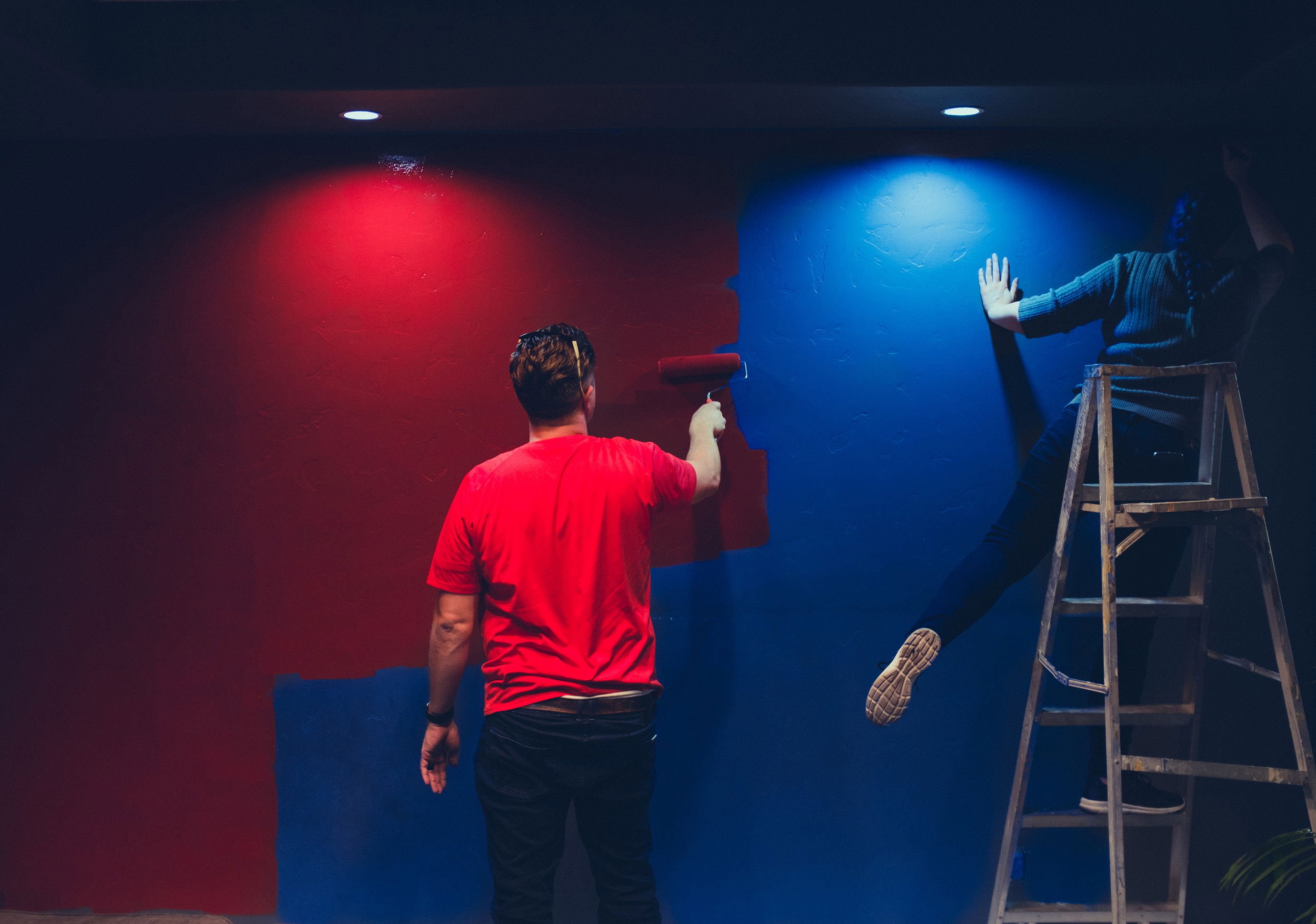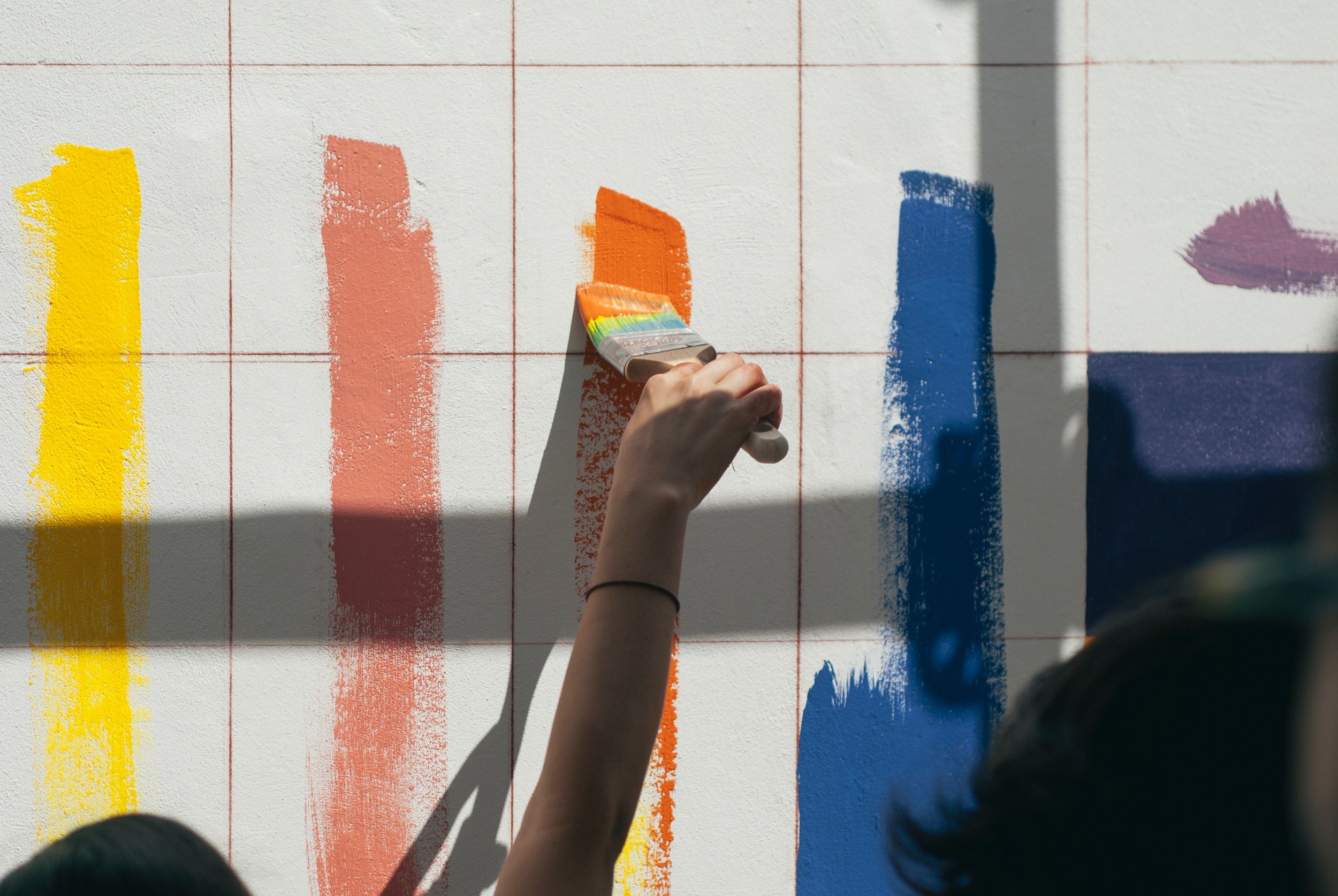Repaint and Refresh: DIY Wall Painting Techniques
Painting your walls is one of the most effective and budget-friendly ways to transform the look and feel of your home. Whether you want to create a serene atmosphere in the bedroom, a vibrant accent wall in the living room, or a fresh coat of paint to spruce up your space, do-it-yourself (DIY) wall painting allows you to unleash your creativity and make your home uniquely yours. In this comprehensive guide, we'll explore the world of DIY wall painting, offering expert techniques, tips, and inspiration to help you achieve stunning results and refresh your living space.

The Power of Wall Painting
The walls of your home are like a blank canvas waiting to be transformed. Here are some reasons why wall painting is a popular DIY project:
- Personalization: Wall painting allows you to personalize your space with colors that resonate with your style and personality.
- Cost-Effective: Compared to major home renovations, painting is a cost-effective way to update your home's appearance.
- Instant Transformation: A fresh coat of paint can instantly change the mood and atmosphere of a room.
- Creativity: Painting offers endless opportunities for creativity, from choosing colors to experimenting with techniques.
- Home Value: A well-executed paint job can increase the resale value of your home.
Getting Started with DIY Wall Painting
1. Gather Your Supplies
Before you start painting, make sure you have the following supplies:
- Paint: Choose the paint color and finish (matte, satin, semi-gloss) that suits your project.
- Paintbrushes: Different brushes for cutting in, edging, and detail work.
- Roller and Tray: Use a roller for larger areas to ensure even coverage.
- Painter's Tape: To mask off areas you don't want to paint.
- Drop Cloths: To protect floors and furniture from paint splatters.
- Primer: If needed, apply primer to create a smooth surface for paint.
- Paint Stirrer and Opener: For mixing paint and opening cans.
2. Prepare Your Space
Proper preparation is key to a successful paint job:
- Clean Walls: Remove dust, dirt, and grease from the walls using a mild detergent and water.
- Repair Imperfections: Fill holes, cracks, and imperfections with spackling compound. Sand the patched areas smooth.
- Remove Hardware: Take down light fixtures, switch plates, and outlet covers.
- Protect Surfaces: Cover floors and furniture with drop cloths to prevent paint splatters.
3. Apply Painter's Tape
Use painter's tape to mask off areas like baseboards, trim, and ceilings that you don't want to paint. Ensure the tape is securely adhered to prevent paint bleeding.
4. Prime (If Necessary)
If you're painting over a dark color, using a primer can help achieve better coverage and truer color.
5. Paint with Care
Here's how to approach the actual painting:
- Cut In: Start by cutting in the edges and corners of the walls with a paintbrush.
- Roll On: Use a roller to apply paint to larger wall areas. Work in small sections, overlapping each stroke slightly for even coverage.
- Keep a Wet Edge: To avoid visible seams, keep a "wet edge" by painting into the fresh paint while it's still wet.
- Multiple Coats: Depending on the color and type of paint, you may need multiple coats. Allow each coat to dry before applying the next.
6. Remove Painter's Tape
Peel off the painter's tape while the paint is still slightly wet for clean, sharp lines.
7. Clean Up
Clean your brushes, rollers, and other painting tools immediately after use to prolong their lifespan.
DIY Wall Painting Techniques
- Color Blocking: Create geometric shapes or patterns on your walls by using different paint colors and painter's tape to define the shapes.
- Ombre Effect: Gradually transition from one color to another for a soft, gradient look.
- Stenciling: Use stencils to add intricate designs or motifs to your walls.
- Stripes: Achieve a classic and timeless look by painting stripes in varying widths and colors.
- Sponging: Apply paint with a natural sponge for a textured, rustic appearance.

Conclusion
DIY wall painting is a rewarding and transformative project that can breathe new life into your home. Whether you're updating a single room or tackling a whole-house makeover, the process allows you to express your creativity and refresh your living space. With proper preparation, the right tools, and a dash of inspiration, you can achieve stunning results that reflect your style and personality. So, grab your paint